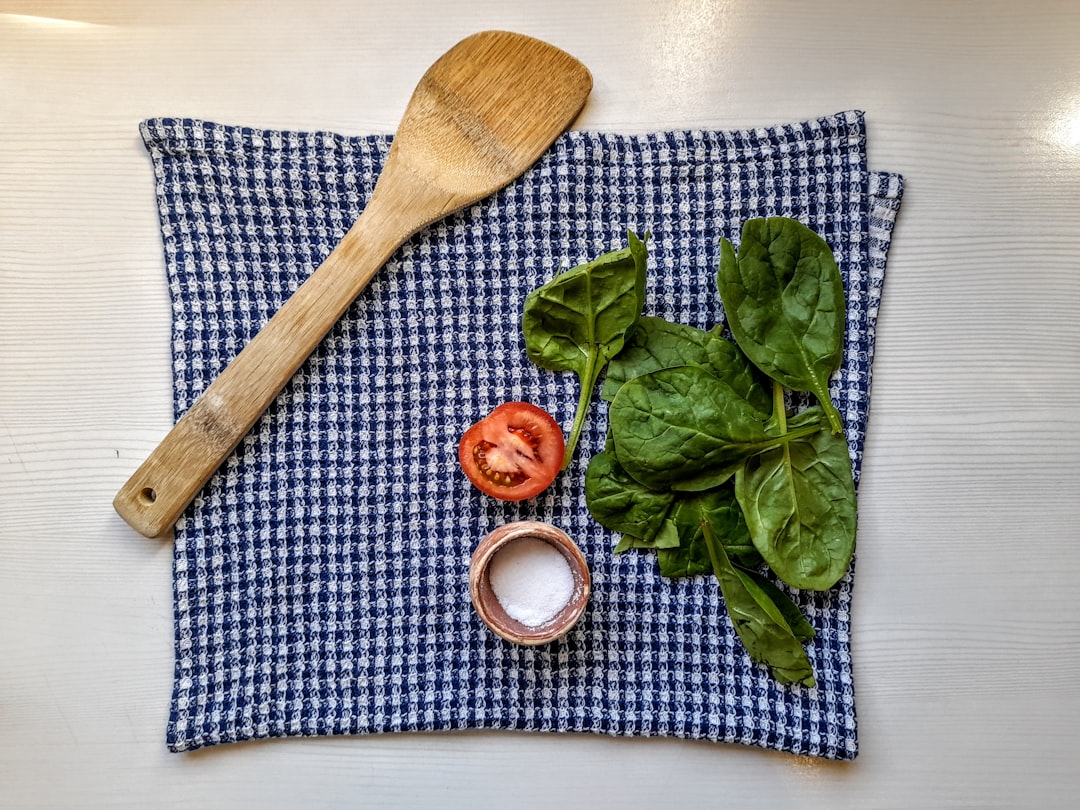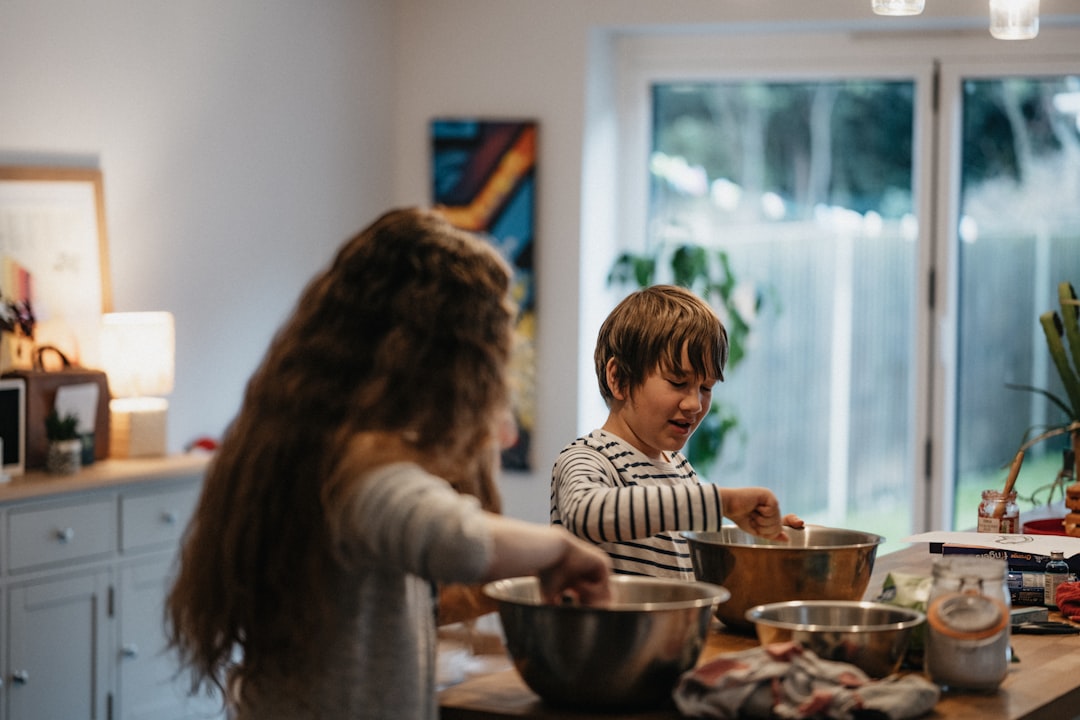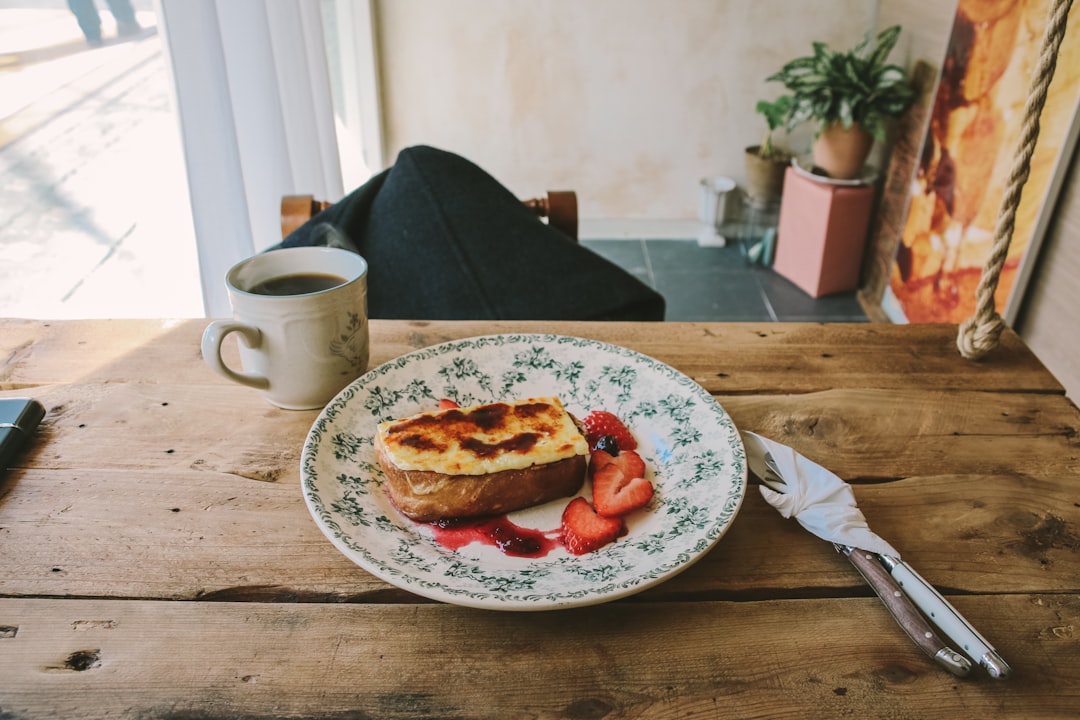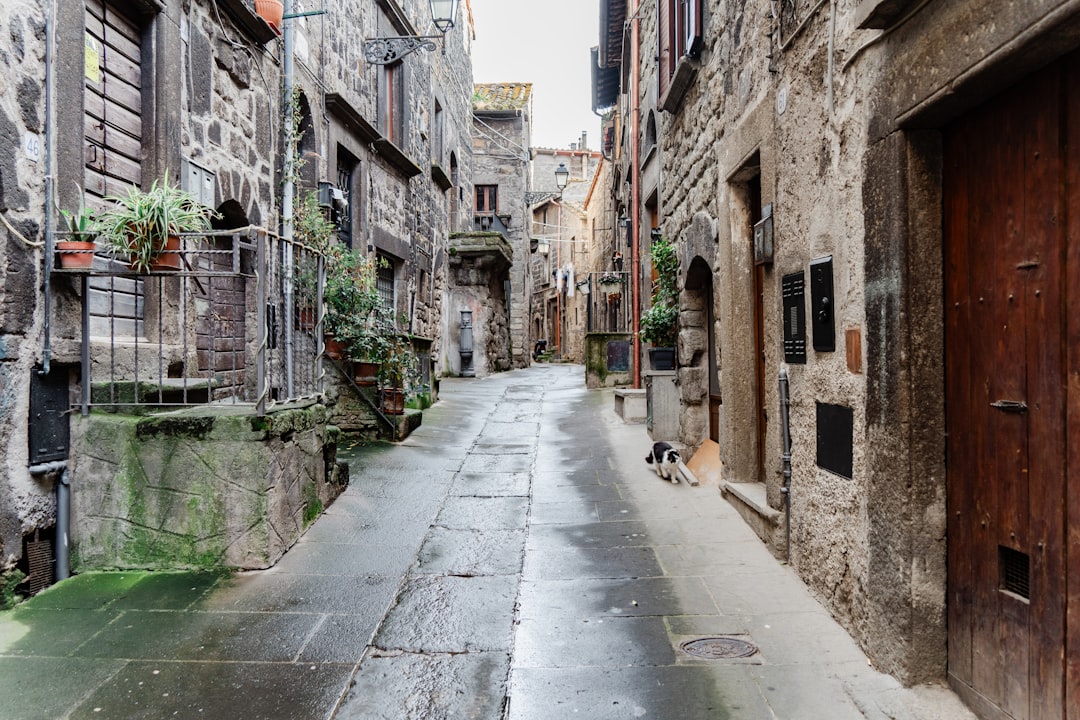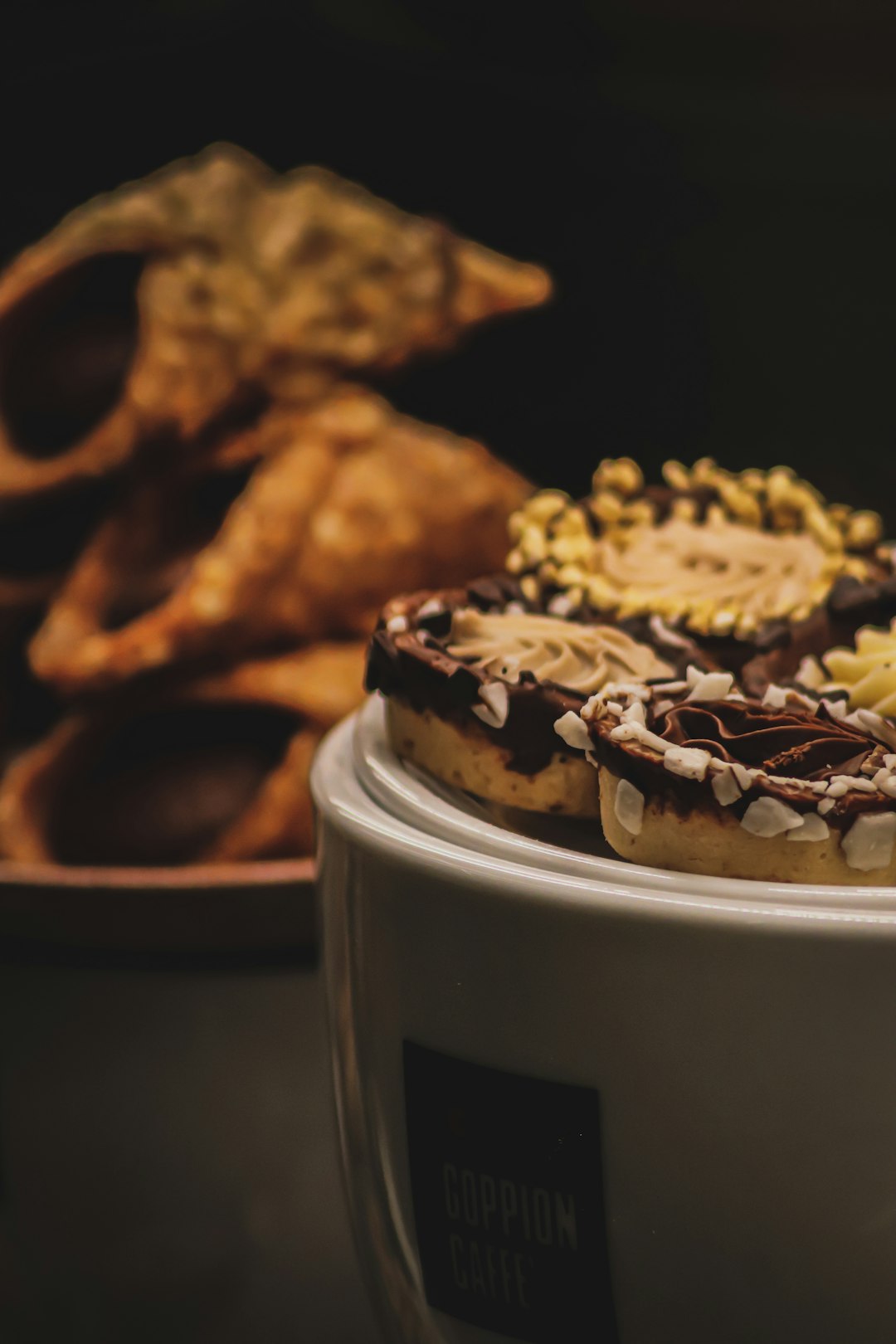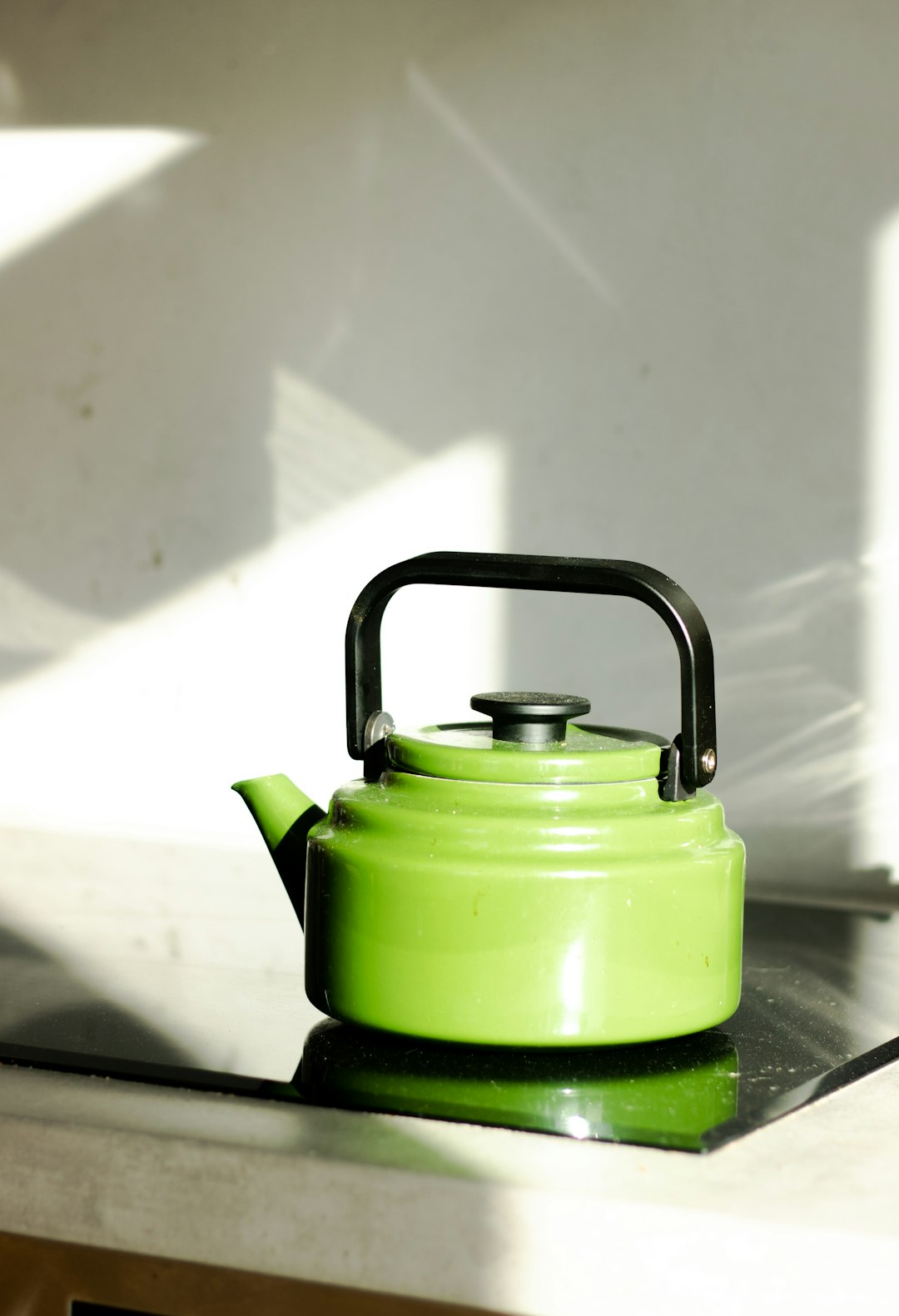When it comes to the art of canning, following the rules is not just a suggestion; it's an absolute necessity. Canning is a wonderful way to preserve the bounties of the harvest, ensuring that you can enjoy your favorite fruits, vegetables, and other foods long after the growing season has ended. However, improper canning can lead to serious health risks, including botulism, a potentially fatal illness caused by the bacterium Clostridium botulinum.
One of the most important rules for canning is to use the right equipment. This includes a pressure canner for low - acid foods such as vegetables, meats, and seafood. Low - acid foods have a pH level above 4.6, which provides an ideal environment for the growth of Clostridium botulinum. A pressure canner heats the food to a high enough temperature (at least 240°F or 116°C) to destroy the spores of this bacterium. For high - acid foods like fruits, jams, and pickles, a boiling - water bath canner can be used. High - acid foods have a pH level of 4.6 or lower, which inhibits the growth of botulism spores.
Before you start canning, it's crucial to prepare your jars properly. Wash the jars, lids, and bands in hot, soapy water, and then rinse them thoroughly. You can also sterilize the jars by boiling them in a large pot of water for 10 minutes. The lids should be simmered in hot water for a few minutes just before use, but do not boil them vigorously as this can damage the sealing compound.
Another key rule is to follow tested recipes. Do not try to improvise or change the ingredients or processing times in a canning recipe. The recipes that have been tested by reliable sources, such as the United States Department of Agriculture (USDA) or university extension services, are formulated to ensure the safety of the canned food. For example, if a recipe calls for a specific amount of acid (like lemon juice or vinegar) to be added to a low - acid food, do not skip this step. The acid helps to lower the pH of the food and prevent the growth of harmful bacteria.
When filling the jars, make sure to leave the correct amount of headspace. Headspace is the space between the top of the food and the rim of the jar. Different foods require different amounts of headspace. For example, jams and jellies usually require ¼ - inch of headspace, while vegetables may need ½ - inch. Leaving the right amount of headspace allows for expansion of the food during processing and helps to create a proper seal.
After filling the jars, remove any air bubbles by running a non - metallic utensil, such as a plastic spatula or a chopstick, along the inside of the jar. This ensures that there are no pockets of air that could prevent a good seal. Wipe the rims of the jars clean with a damp cloth to remove any food particles, as these can interfere with the sealing process. Then, place the lids on the jars and screw on the bands fingertip - tight.
Once the jars are ready, it's time to process them. If using a pressure canner, follow the manufacturer's instructions carefully. Make sure to vent the canner properly to remove all the air before starting the timing. For a boiling - water bath canner, place the jars in the canner, making sure they are covered with at least 1 - 2 inches of water. Bring the water to a rolling boil and start the timing according to the recipe.
After the processing time is up, turn off the heat and let the canner cool down naturally. Do not try to speed up the cooling process by opening the canner or adding cold water. Once the canner has cooled, carefully remove the jars and place them on a towel - lined surface. Let the jars cool undisturbed for 12 - 24 hours. During this time, you should hear the characteristic “pop” sound as the lids seal.
Finally, check the seals of the jars. Press the center of each lid. If the lid does not flex, the jar is sealed. If the lid flexes, the jar did not seal properly, and you should refrigerate the contents and use them within a few days or re - process the food. Label the sealed jars with the name of the food and the date of canning, and store them in a cool, dark place.
By following these crucial guidelines, you can ensure that your canned foods are safe to eat and will last for a long time. Canning is a rewarding activity that allows you to enjoy the flavors of the season all year round, but only when done correctly. So, take the time to learn and follow the rules, and you'll be able to savor your homemade canned goods with peace of mind.



